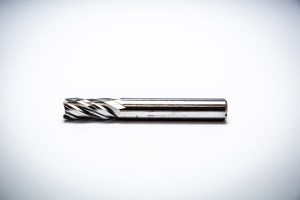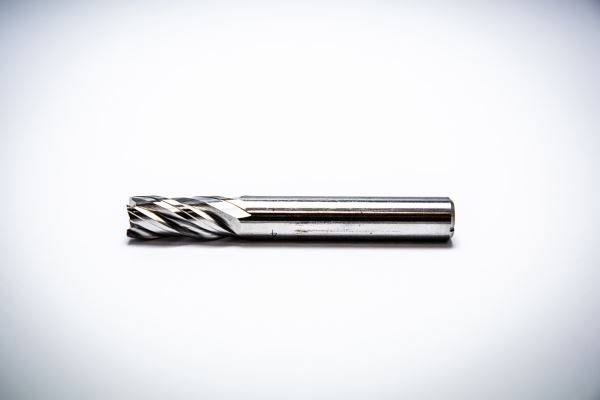An RMIT University PhD candidate has developed high strength cutting tools that can be 3D printed, potentially saving aerospace and defence manufacturers valuable time and money.
Jimmy Toton received the 2019 Young Defence Innovator Award and $15,000 prize at the Avalon International Airshow for the research, which was conducted with Defence Materials Technology Centre (DMTC) and industry partner Sutton Tools.
Because the metals used in defence and aerospace are so strong, making high quality tools to cut them is a major, and expensive, challenge.
This collaborative project conducted at RMIT’s Advanced Manufacturing Precinct is the first convincing demonstration of 3D printed steel tools that can cut titanium alloys as well as, or in some cases better than, conventional steel tools.
“Now that we’ve shown what’s possible, the full potential of 3D printing can start being applied to this industry, where it could improve productivity and tool life while reducing cost,” Toton said.
The team’s high-performance steel milling cutters were made using Laser Metal Deposition technology, which works by feeding metal powder into a laser beam. As the laser moves and the metal solidifies at the trailing edge, a 3D object is built layer by layer.
Significant challenges
This additive manufacturing process also allows for objects to be built with complex internal and external structures.
Toton overcame significant challenges in getting the layers to ‘print’ to form strong, crack-free parts as he took this from initial concept through to development.
He is now working towards establishing a print-to-order capability for Australia’s advanced manufacturing supply chains.
“Manufacturers need to take full advantage of these new opportunities to become or remain competitive, especially in cases where manufacturing costs are high," Toton said.
"There is real opportunity now to be leading with this technology.”
Meeting performance benchmarks
DMTC Chief Executive Officer, Dr Mark Hodge, said the importance of productivity and cost-efficiency to Australian manufacturers should not be underestimated.
“Supply chain innovations and advances like improved tooling capability all add up to meeting performance benchmarks and positioning Australian companies to win work in local and global supply chains,” he said.
“The costs of drills, milling cutters and other tooling over the life of major Defence equipment contracts can run into the tens, if not hundreds, of millions of dollars. This project opens the way to making these high-performing tools cheaper and faster, here in Australia.”
Sutton Tools Technology Manager, Dr Steve Dowey, said having Toton working closely with them as an engineering intern during his research was crucial in ensuring industry-relevant outcomes.
“This project exemplifies the ethos of capability-building through industrial applied research, rather than just focusing on excellent research for its own sake,” Dowey said.
Director of RMIT’s Advanced Manufacturing Precinct and Toton’s supervisor, Professor Milan Brandt, said the work was a clear demonstration of the technology’s potential.
“Additive technology is rising globally and Jimmy’s project highlights a market where it can be applied to precisely because of the benefits that this technology offers over conventional manufacturing methods,” Brandt said.


